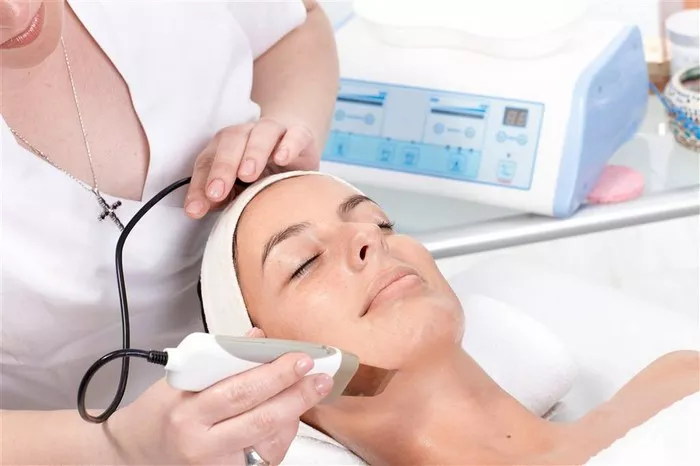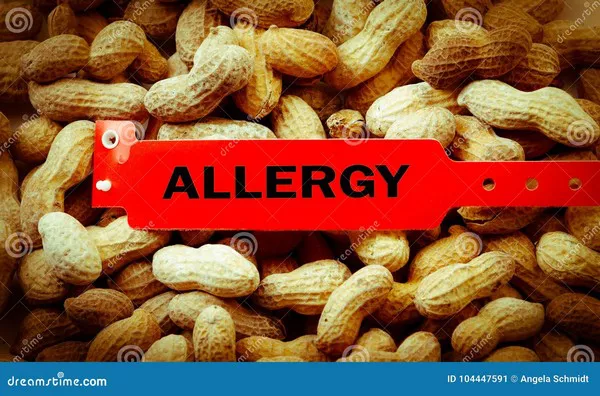Peanut allergy is one of the most common food allergies, affecting millions of people worldwide, especially children. It occurs when the body’s immune system mistakenly identifies proteins found in peanuts as harmful, leading to an allergic reaction. For individuals with a peanut allergy, even a small exposure to peanuts can trigger symptoms ranging from mild rashes to severe, life-threatening anaphylaxis.
Despite its prevalence, there is no known cure for peanut allergies. However, with advancements in medical treatments, management options have significantly improved, providing individuals with better ways to control their allergic reactions and live safer lives. This article will explore the various treatments and management strategies available for peanut allergies, including the latest therapies and ongoing research aimed at providing a potential cure.
Understanding Peanut Allergy
Before diving into the treatments for peanut allergy, it is important to understand what happens in the body when someone with a peanut allergy consumes peanuts or comes into contact with them. Peanut allergies are a result of an overreaction of the immune system to proteins found in peanuts.
The immune system in allergic individuals treats these proteins as a threat. This leads to the release of histamines and other chemicals that cause the symptoms of an allergic reaction. These symptoms can range from mild to severe and include:
- Mild Symptoms: Skin reactions such as hives, itching, or swelling; stomach discomfort; or coughing and sneezing.
- Severe Symptoms: Difficulty breathing, tightness in the throat, dizziness, and anaphylaxis, which can be life-threatening without immediate medical intervention.
Since peanut allergies can be unpredictable, the primary focus of treatment is to prevent exposure to peanuts, manage symptoms when they arise, and prepare for emergencies if an allergic reaction occurs.
1. Avoidance: The First Line of Defense
The most effective way to prevent an allergic reaction to peanuts is avoidance. Individuals with peanut allergies must take several precautions to reduce the risk of exposure. These measures include:
Reading Labels Carefully
All food products containing peanuts, or made in facilities that process peanuts, must be carefully checked for peanut content. Food labels often indicate whether peanuts or peanut products are present, and many countries require that potential allergens be highlighted on packaging. This is a crucial step in avoiding accidental exposure.
Avoiding Cross-Contamination
Peanut allergens can be transferred from one food item to another, so individuals with peanut allergies need to be cautious about cross-contamination. This can happen during food preparation in homes, restaurants, and other food service environments. People with peanut allergies should ensure that food preparation surfaces, utensils, and cooking equipment are thoroughly cleaned to avoid accidental exposure.
Communicating with Others
It’s important for individuals with peanut allergies to inform others, including family members, friends, caregivers, and restaurant staff, about their allergy. In some cases, individuals with peanut allergies may need to ask about food preparation methods to ensure they are safe from cross-contact with peanuts.
2. Medications for Peanut Allergy Treatment
Although avoidance is the most effective way to prevent an allergic reaction, medications are essential for managing the symptoms when exposure occurs. Several medications can help control allergic reactions, ranging from mild to severe:
Antihistamines
Antihistamines are often used to relieve mild allergic reactions such as itching, hives, or a runny nose. These medications work by blocking the effects of histamine, a chemical released during an allergic reaction. They are typically available over-the-counter and can be an effective option for individuals with mild peanut allergies.
While antihistamines can help alleviate symptoms, they do not treat the underlying immune response or prevent more severe reactions. They should not be used as a substitute for emergency medications in cases of anaphylaxis.
Epinephrine (Adrenaline) for Anaphylaxis
For individuals with severe peanut allergies, epinephrine is the first-line treatment in case of anaphylaxis—a severe, life-threatening allergic reaction. Epinephrine rapidly reverses the symptoms of anaphylaxis, including swelling of the throat, difficulty breathing, and a drop in blood pressure. It works by constricting blood vessels, relaxing airway muscles, and increasing heart rate, all of which help alleviate the symptoms of anaphylaxis.
Epinephrine is administered via an auto-injector (such as the EpiPen or Auvi-Q), which is a portable device that allows individuals to self-administer the medication in an emergency. People with peanut allergies should carry an epinephrine auto-injector at all times and ensure that those around them know how to use it in case of an emergency.
Corticosteroids
Corticosteroids are sometimes prescribed for individuals experiencing more severe allergic reactions, as they can help reduce inflammation and swelling. These medications are typically given in combination with epinephrine during an anaphylactic reaction and may also be used as part of a treatment plan to reduce chronic allergic inflammation.
3. Oral Immunotherapy (OIT): A Potential Long-Term Solution
In recent years, oral immunotherapy (OIT) has emerged as a potential treatment for peanut allergies. OIT involves gradually introducing small amounts of peanut protein into the body over time, allowing the immune system to build tolerance and reduce the severity of allergic reactions. This treatment has shown promising results in clinical trials and has been approved by regulatory authorities in some countries.
How Does Oral Immunotherapy Work?
During an OIT procedure, individuals with peanut allergies are given small, controlled doses of peanut protein, starting with a very tiny amount. Over time, the dose is increased incrementally. The goal is to desensitize the immune system to peanuts, helping the body tolerate higher amounts of peanut protein without triggering a severe allergic reaction.
OIT is not a cure for peanut allergies but can provide individuals with some protection against accidental exposure. The treatment is typically conducted under the supervision of a trained healthcare provider, as there is a risk of allergic reactions during the process.
Challenges of OIT
While OIT offers hope for peanut allergy sufferers, it also has challenges. The process can take months or even years to complete, and the treatment carries the risk of side effects, including allergic reactions. Moreover, the long-term effectiveness of OIT is still being studied, and the treatment may need to be continued for years to maintain its benefits.
4. Other Treatments Under Research
Aside from OIT, other treatments for peanut allergies are under active research and development. Some of the most promising areas include:
Epicutaneous Immunotherapy (EPIT)
EPIT is a form of immunotherapy that involves applying small amounts of peanut protein to the skin via a patch. The idea is to desensitize the immune system without the need for oral ingestion of peanut protein. Clinical trials have shown that EPIT may help reduce the risk of severe allergic reactions, although more research is needed to confirm its long-term safety and effectiveness.
Biologic Medications
Biologic therapies, such as monoclonal antibodies, are another area of research. These medications work by targeting specific parts of the immune system that contribute to allergic reactions. For example, omalizumab (Xolair) is a biologic drug that helps block the action of immunoglobulin E (IgE), an antibody involved in allergic reactions. While not yet widely used for peanut allergies, biologics have shown potential in reducing the severity of allergic responses.
5. Managing Peanut Allergy in Children
Peanut allergies are particularly common in children, and their management often involves a combination of preventive measures, medications, and lifestyle adjustments. For children, the challenges of living with a peanut allergy can be significant, as they may not fully understand the importance of avoiding peanuts or recognizing the symptoms of an allergic reaction.
Parents and caregivers of children with peanut allergies should be educated on the signs of an allergic reaction, the proper use of epinephrine, and how to avoid exposure. Schools, daycare centers, and extracurricular activities should also be informed of the child’s peanut allergy to ensure a safe environment.
Conclusion
Peanut allergies are a serious and potentially life-threatening condition that requires careful management. While there is no cure for peanut allergies, a variety of treatment options are available to help individuals minimize the risk of allergic reactions and manage symptoms effectively. These treatments range from strict avoidance and emergency medications like epinephrine to emerging therapies like oral immunotherapy.
As research in the field of allergy treatment continues to evolve, there is hope that new, more effective treatments may provide lasting solutions for peanut allergy sufferers. For now, individuals with peanut allergies must remain vigilant, informed, and prepared to manage their condition in order to lead healthy and safe lives.
Understanding the importance of prevention, quick intervention, and staying updated on the latest treatments can make a significant difference in improving the quality of life for people with peanut allergies and their families.
Related Topics
































